Several housing systems are available for layers parent stock rearing & production. It is possible to achieve a good productivity in all of them but each one has its advantages and disadvantage. It should be considered that layer parent stock need from adapted equipment. A common finding is to observe flock kept in houses that fulfill the requirement for other types of birds (as broiler breeder or commercial layer) but not those of layer parent stock flocks. This is not an optimal situation. No matter what the housing system is, a key point for success is to respect the stocking density. This as relevant as in commercial layer’s production system, but it is even more important as mating and other social behaviors are key for getting the full reproductive potential from the birds Finally, Biosecurity should be one of the main driver for housing parent stock flocks as it is not only important to produce chicks but healthy chicks.
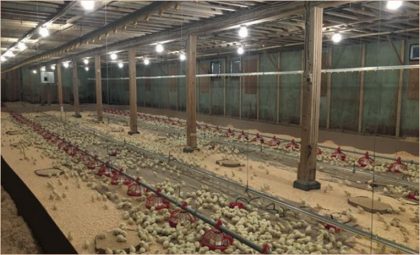

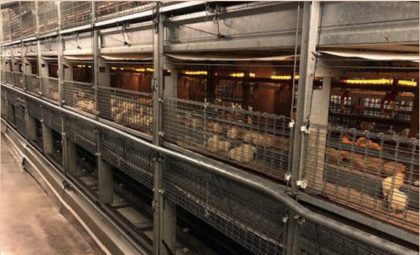
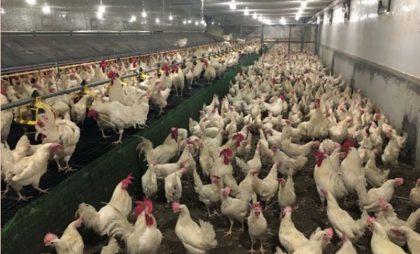
Most used housing system all around for layer parent stock.
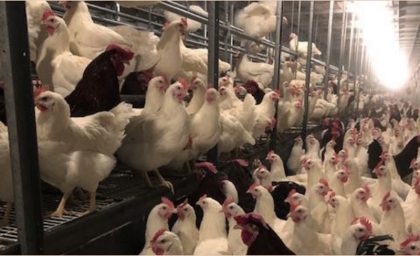
Fast growing type of cage-free systems for commercial layers, but also for PS with very good results.
*For more information about Aviary System please ask your technical service representative.
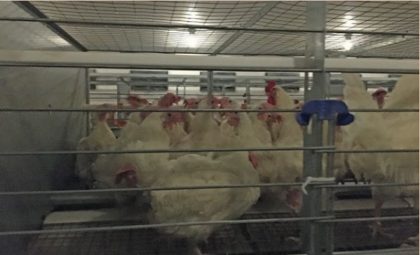
Very convenient system if labor or constructed square meter cost are high.
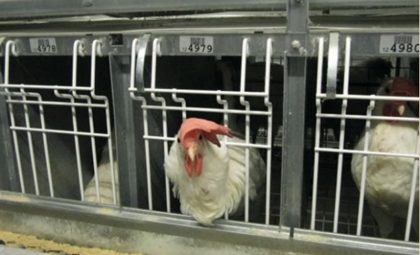
Normally not used in layer parent stock but in selection farms. Still it is an option when labor cost is low and facilities are affordable.
 *If AI correctly performed
*If AI correctly performed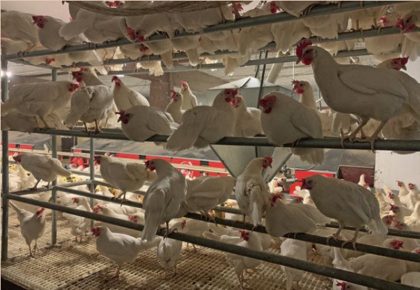
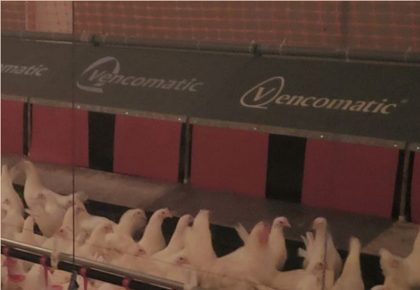
It should meet some characteristics:
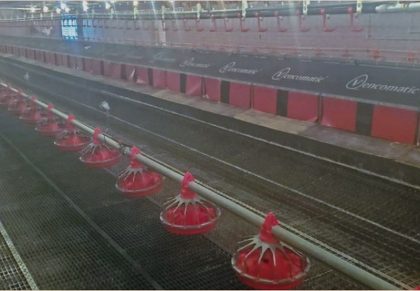
A slatted area is commonly used in floor system houses. The main aim of this area is to increase the manure storage capacity and to keep the nest clean. Some point should be considered for avoid eggs on the floor and slats:
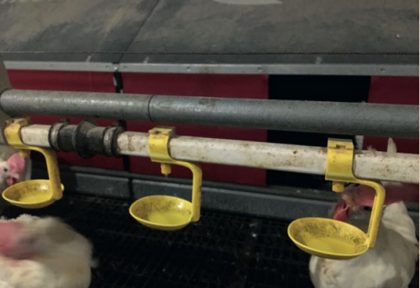
Two main options are used:
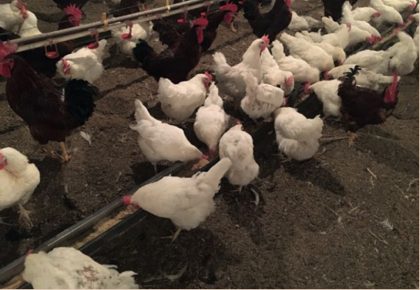
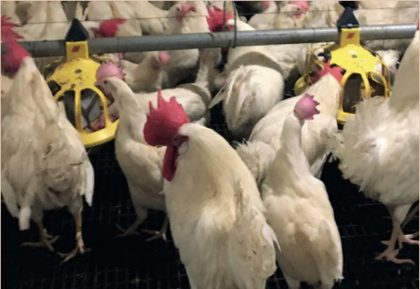
Only one system for males and females should be installed. Same type in rearing and production. Feed balance and daily hoppers are not needed as birds should be fed ad libitum. Two main options are mostly used:
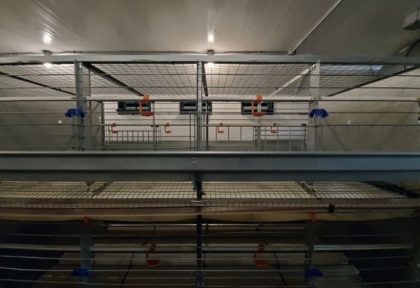
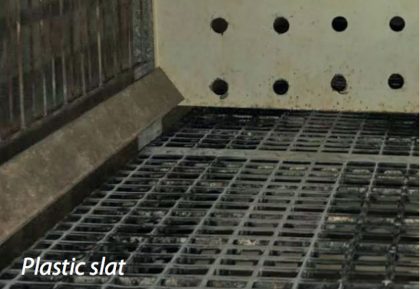

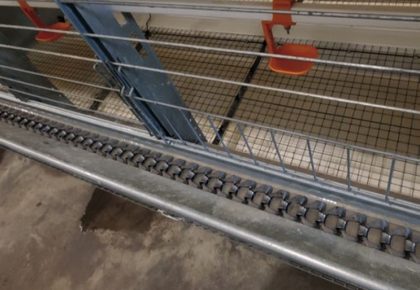

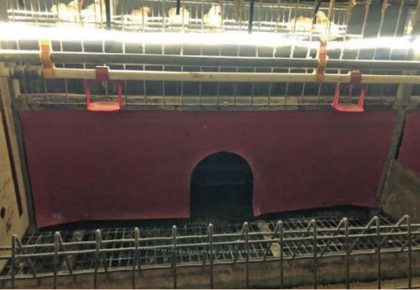
There are different types of family cages:
There is a key component on the success of a poultry operation, which is the human element. The stockmanship skill are critical to get the best from the genetic and transform
it into excel performance and profit. The skills are: sight (look at bird’s behavior), smell (air quality), taste (water and feed), hearing (birds sound), and feel (environmental temperature, crop fill, etc).
Along with the skills is very important to have the tools to help us get the more accurate information to take the best decisions and make corrections. Therefore, a tool box
is a necessity. It is very important to have the right tools to asses and evaluate the environmental and bird’s conditions at arrival, for the first seven
days and during the whole production cycle.
We recommend a list of tools that every poultry person should have:
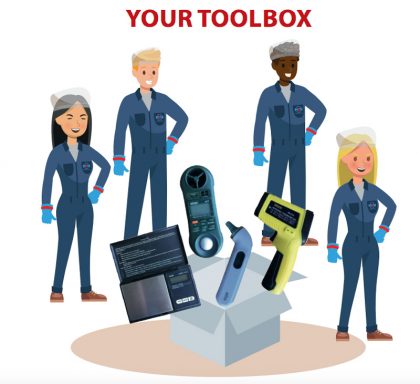
Welcome! Your admission is granted, please allow for 2 seconds as the door to our VIP room is opening for you right now! Please come in!
Don't have an account? Sign up now
